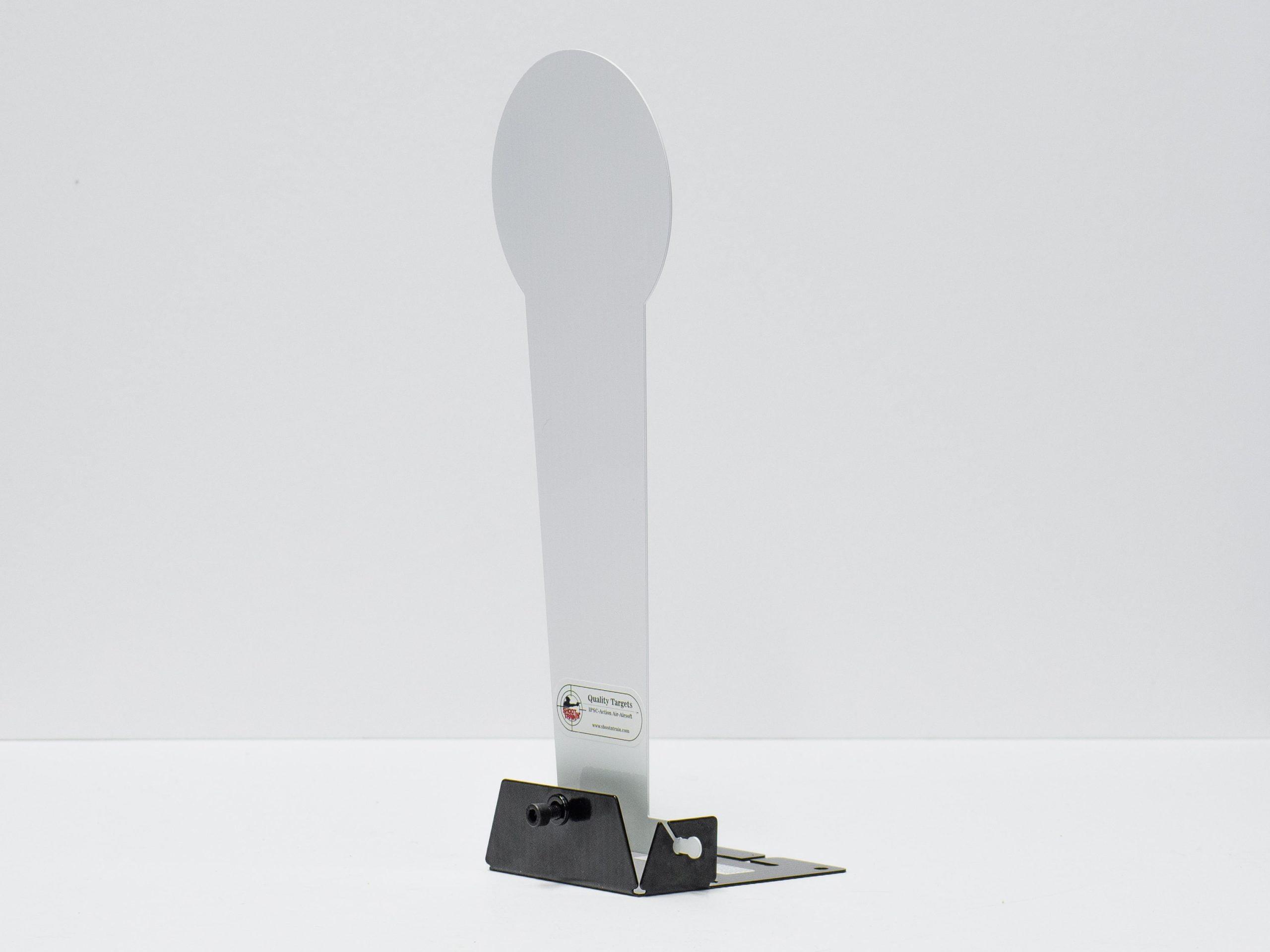Introduction
In the world of IPSC (Worldwide Practical Shooting Confederation) competitions, accuracy and accuracy are paramount. With its origins going back to the late 1950s, IPSC has actually grown into a popular shooting sport that challenges individuals in various dynamic shooting circumstances. One important element of IPSC competitors is making use of range targets, which have progressed significantly throughout the years. This short article checks out the journey of IPSC variety targets, from their fundamental starts to their advanced forms, highlighting the innovations and advancements that have revolutionized this necessary element of the sport.
The Advancement Starts: Standard IPSC Targets
When IPSC was very first conceptualized, shooters used basic targets frequently made from simple cardboard or paper. These early targets did not have resilience and were vulnerable to damage from even small effects. Nevertheless, they served their function as a beginning point for the sport's development. Shooters concentrated on precision and speed while engaging these fundamental targets, sharpening their abilities and laying the foundation for future advancements.
The Shift to Advanced Products: Long Lasting and Reactive Targets
As IPSC got appeal and shooters demanded more difficult situations, there arose a requirement for more resilient and reactive targets. This resulted in a considerable shift from raw materials like cardboard and paper to stronger choices such as steel and polymer.
Steel Targets: Including a New Dimension to Training
Steel targets introduced an interesting measurement to IPSC training. These targets supplied instantaneous feedback upon effect through audible "ping" sounds or visible movements. This immediate response enhanced shooter training by enabling them to rapidly adjust their objective and method based on real-time feedback.
Polymer Targets: Combining Durability with Safety
Polymer targets became another substantial development in IPSC variety equipment. These targets offered boosted sturdiness compared to traditional cardboard or paper options while likewise addressing safety concerns. Polymer products decreased the danger of ricochets and splatter, making them a more secure choice for both competitors and range personnel.
IPSC Action Air Targets: Bridging the Gap between Basic and Advanced
As IPSC competitions expanded to consist of various shooting disciplines, the requirement developed for more varied target choices. This caused the advancement of IPSC Action Air targets, specifically created for airsoft or firearms equipped with non-lethal ammunition.
Versatility and Realism in Training
IPSC Action Air targets reproduce the size and scoring zones of conventional IPSC targets, permitting shooters to practice their abilities in a more accessible and cost-effective manner. These targets are made from resilient materials that can endure repeated impacts, ensuring durability throughout training sessions.
Training for All Ability Levels
IPSC Action Air targets accommodate shooters of all skill levels, from novices seeking to enhance their precision to experienced specialists looking for to fine-tune their speed and accuracy. The versatility of these targets includes an extra layer of difficulty to training sessions while preserving the core concepts of IPSC competitions.
Premium Targets: Pushing the Boundaries of Innovation
In recent years, improvements in technology have actually led the way for premium IPSC targets that press the boundaries of innovation. These innovative targets incorporate features that offer an unrivaled shooting experience for competitors.

Reactive Targets: Bringing Scenarios to Life
Reactive IPSC targets take training to brand-new heights by mimicing real-life circumstances. These targets utilize advanced mechanisms such as moving parts or electronic sensing units that set off reasonable responses upon effect. Shooters should adapt quickly to these vibrant scenarios, boosting their decision-making skills under pressure.
Interactive Target Systems: Gamifying Training Sessions
Interactive target systems take IPSC training beyond conventional shooting scenarios. These systems incorporate innovation like lights, sounds, and even virtual truth components to produce immersive experiences. Shooters engage in skill-building workouts that closely look like real-world circumstances, providing a more appealing and enjoyable training environment.
FAQs
Q: What are IPSC targets made of?- A: IPSC targets can be made from various products, including cardboard, paper, steel, polymer, and advanced parts like electronic sensors.
- A: Yes, many IPSC targets are designed for several usages, particularly those made from long lasting products like steel or polymer.
- A: Absolutely! IPSC targets are commonly utilized for training purposes by shooters of all ability levels to improve accuracy, speed, and decision-making skills.
- A: Reactive targets supply immediate feedback upon effect, allowing shooters to make immediate changes to their goal and method. This improves the effectiveness of training sessions.
- A: While premium targets use innovative functions, they can still be advantageous for newbies. These targets offer a tough yet pleasurable training environment that assists build important shooting skills.
- A: IPSC range targets have actually evolved from raw materials like cardboard to sophisticated alternatives such as steel, polymer, and even interactive systems. These advancements have improved durability, safety, and realism in training scenarios.
Conclusion
The development of IPSC range targets showcases the devotion and development within the shooting community. From standard cardboard targets to interactive systems that replicate real-world scenarios, each best paper targets for ipsc development has actually contributed to the development and advancement of the sport. As technology continues to advance, we can anticipate additional developments in IPSC range equipment that will challenge and inspire shooters worldwide. Whether it's enhancing accuracy or refining decision-making skills under pressure, IPSC variety targets play a vital function in shaping competitive shooters and pushing the boundaries of what is possible in the world of useful shooting.